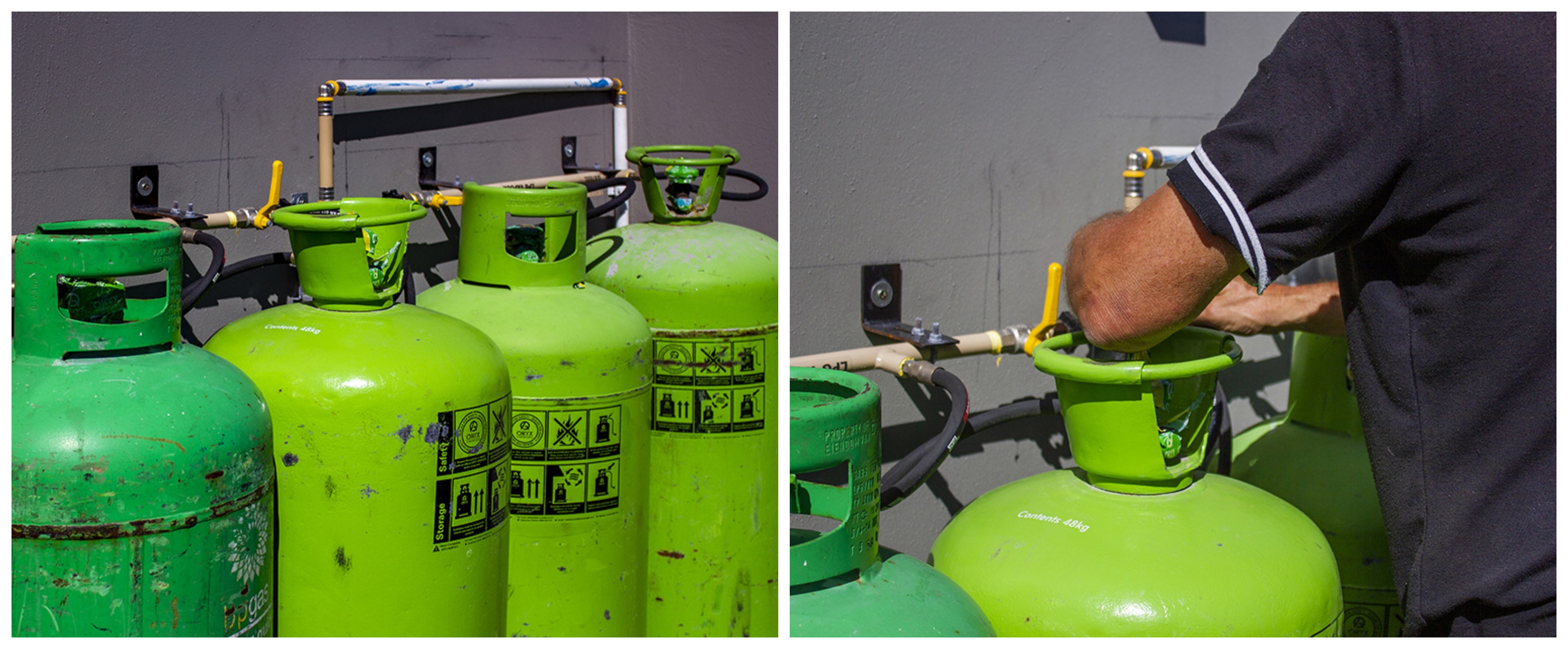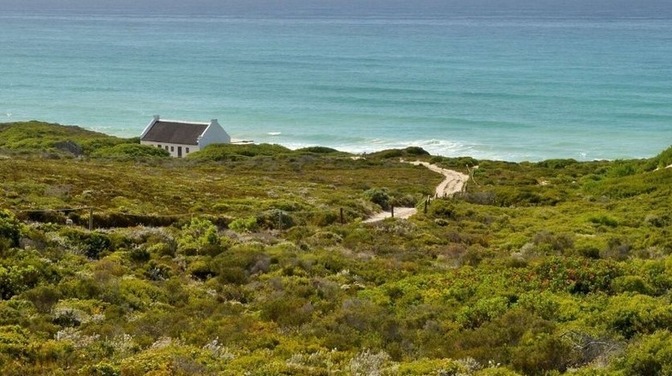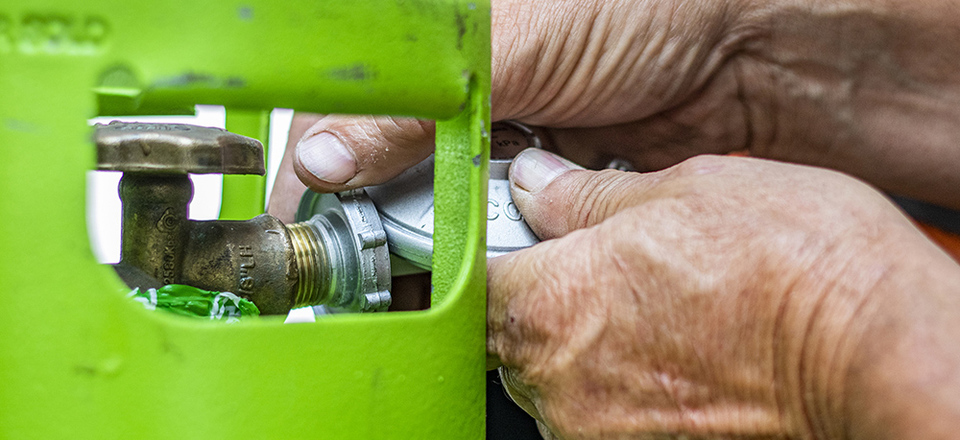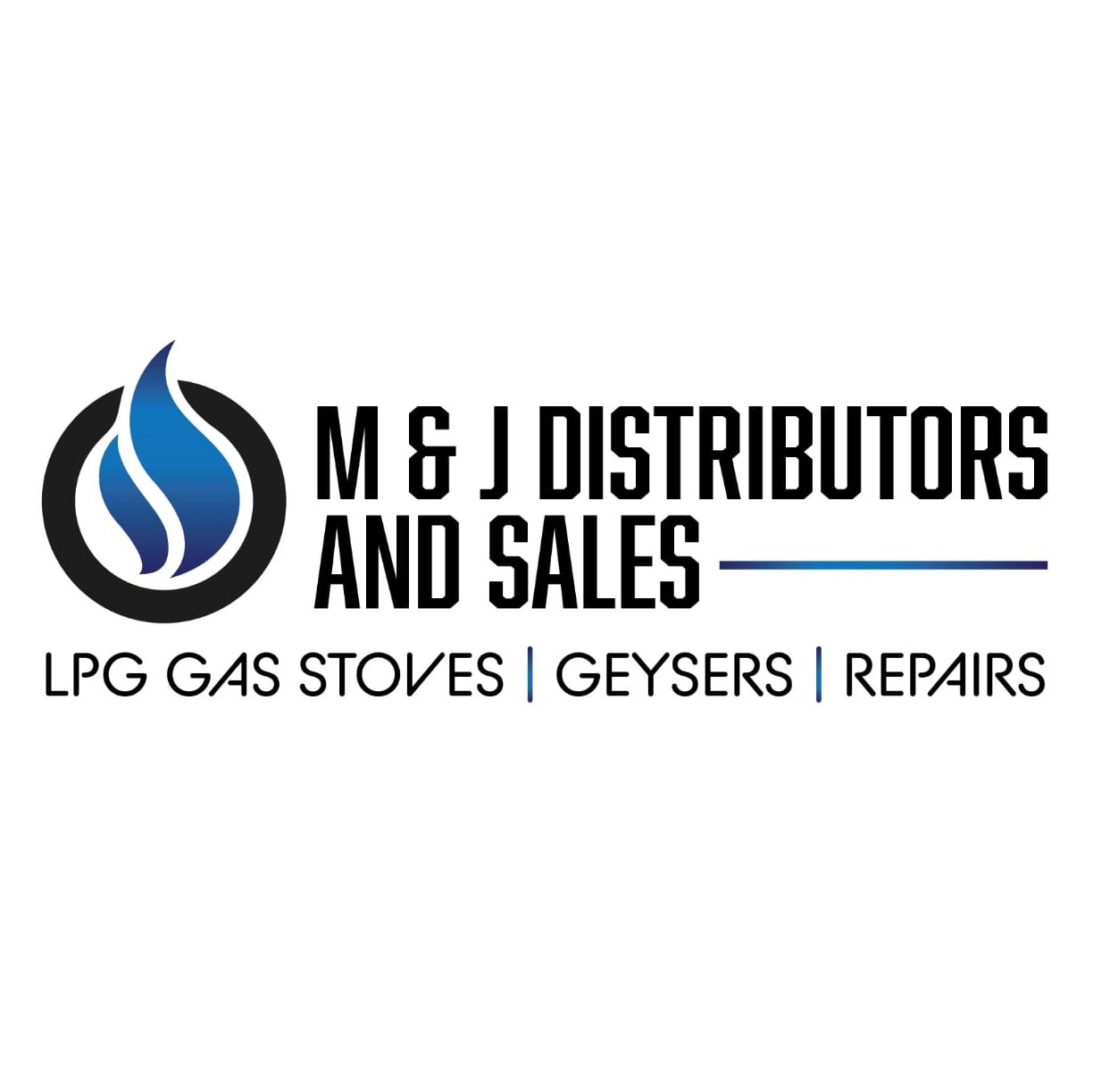What Gets Checked During A Gas Inspection
A gas inspection is an important process to ensure the safety of your gas appliances and installations. In this blog, we'll discuss what gets checked during a gas inspection and provide tips for gas safety.
What is a Gas Inspection?
Before a Certificate of Compliance (CoC) can be issued, certain items must be made compliant. A gas inspection involves checking the gas installation for compliance with regulatory requirements to ensure that it is safe to use.

Priority Check: Leak Test
Gas is a potentially explosive substance, so performing a leak test to ensure the gas installation is leak-free is the number one priority. It is important to ensure that SABS-approved equipment is used, the correct valves are used, and that equipment is not placed in illegal positions.
Positioning and Size of Gas Bottles
Legally requirements state that gas bottles must be placed at least:
• 1m from any window and door
• 2m from any gully
• 5m from a power outlet
The size of gas bottles, used inside and outside, must also comply with regulations.
Other Gas Installation Rules
Other installation rules for gas include:
• The proven flexible gas hose may not be more than two meters long
• The hose may not go through any partitioning
Useful Tips for Gas Safety
To ensure gas safety, always use a registered gas installer and qualified gas dealer. Take the time to verify and test gas products, check the seal on a gas cylinder matches the brand of the cylinder, and check gas appliances before use.
Conclusion: What Gets Checked During A Gas Inspection
In summary, a gas inspection is a critical step in ensuring that your gas installation is safe and compliant. By following the tips for gas safety and complying with regulatory requirements, you can ensure the safety of your home and loved ones.







.jpg?width=200&height=94)



























